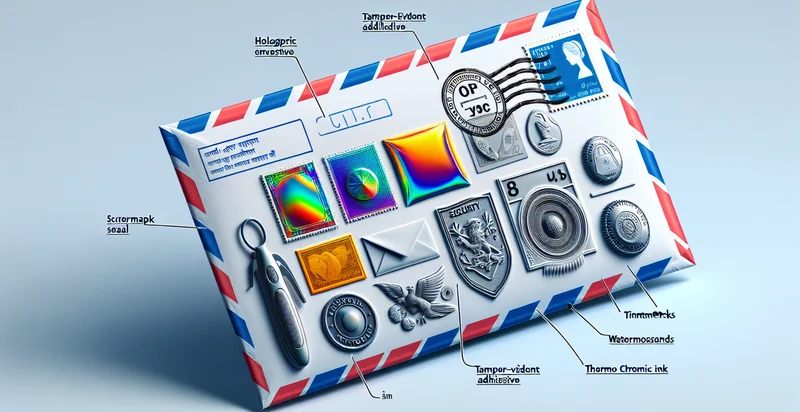Identify letter condition
using AI
Below is a free classifier to identify letter condition. Just upload your image, and our AI will predict what letter it is - in just seconds.

Contact us for API access
Or, use Nyckel to build highly-accurate custom classifiers in just minutes. No PhD required.
Get started
import nyckel
credentials = nyckel.Credentials("YOUR_CLIENT_ID", "YOUR_CLIENT_SECRET")
nyckel.invoke("letter-condition", "your_image_url", credentials)
fetch('https://www.nyckel.com/v1/functions/letter-condition/invoke', {
method: 'POST',
headers: {
'Authorization': 'Bearer ' + 'YOUR_BEARER_TOKEN',
'Content-Type': 'application/json',
},
body: JSON.stringify(
{"data": "your_image_url"}
)
})
.then(response => response.json())
.then(data => console.log(data));
curl -X POST \
-H "Content-Type: application/json" \
-H "Authorization: Bearer YOUR_BEARER_TOKEN" \
-d '{"data": "your_image_url"}' \
https://www.nyckel.com/v1/functions/letter-condition/invoke
How this classifier works
To start, upload your image. Our AI tool will then predict what letter it is.
This pretrained image model uses a Nyckel-created dataset and has 8 labels, including Damaged Condition, Excellent Condition, Fair Condition, Good Condition, Like New Condition, Mint Condition, Poor Condition and Worn Condition.
We'll also show a confidence score (the higher the number, the more confident the AI model is around what letter it is).
Whether you're just curious or building letter condition detection into your application, we hope our classifier proves helpful.
Related Classifiers
Need to identify letter condition at scale?
Get API or Zapier access to this classifier for free. It's perfect for:
- Document Verification: The 'letter condition' identifier can verify the authenticity of important documents by classifying them as genuine or false based on their format and characteristics. This is particularly useful for legal firms, banks, and government agencies that need to ensure the integrity of critical paperwork.
- Fraud Detection in Email Communications: Businesses can utilize the function to screen incoming emails attached with documents for any false representations. This helps in identifying phishing attempts that could lead to data breaches or financial fraud.
- Quality Control in Print Production: In the manufacturing of printed materials, the identifier can monitor the quality of printed letters and documents. By classifying any defects or misprints, companies can address issues on the production line promptly, ensuring higher quality outputs.
- Archive Audit: Archival institutions can use the function to assess the condition of letters and documents in their collections. This technology helps identify forged or misclassified items, thus preserving the integrity of historical records.
- Insurance Claims Processing: Insurance companies can implement the identifier to assess the legitimacy of letters associated with claims. By identifying potentially falsified documents, they can expedite the claims process while minimizing fraud losses.
- Marketing Material Integrity: Organizations can use the function to evaluate marketing communications for authenticity. This ensures that consumers receive truthful information, helping to maintain brand reputation and customer trust.
- Automated Customer Support: The identifier can assist in automating customer support by classifying the condition of letters submitted through customer inquiries. It streamlines the processing of requests by filtering out potentially false documentation, allowing customer service representatives to focus on legitimate cases.


